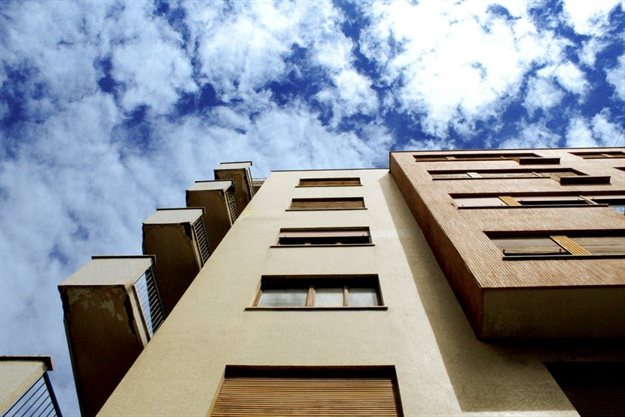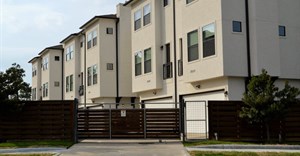
Subscribe & Follow
Jobs
- Financial Advisor Johannesburg
- Social Media Manager and Strategist Cape Town
- Video Editor for Social Media Content Cape Town
- Shipping and Purchase Order Clerk Port Elizabeth
- Contract Lecturer - Education Studies (TVET) Centurion
- Magazine Designer Cape Town
- Communication Assistant Durban
- Junior/Mid-Level Video Editor Johannesburg
- Writer (Cricket/Golf) Cape Town
- Human Resources Manager Durban
Rental growth peaks in Q3 2019 - PayProp Index

Johette Smuts from PayProp says that the monthly growth figures reported from January to August 2019 fluctuated between 3.1% and 4.2% each month, following a flat trend similar to that seen in 2018.
“It’s no secret that there has been little growth in 2019 and that is evident in the increase of around R200 in the national average rent, from R7,544 in January to R7,727 in September,” says Smuts. “Looking at quarterly growth over a longer period, there is a small uptick in the latest quarter. The 3.99% growth achieved in Q3 is still far below the 7.39% recorded at the peak of the growth cycle in 2017.”
Provincial performance
Delving into provincial performance over the past 12 months, both Limpopo and the Northern Cape experienced negative rental growth. The Western Cape experienced below-average rental growth, although it remains the most expensive province in South Africa in which to rent. Gauteng, KwaZulu-Natal and the Northern Cape all boast average rental prices above the national average as well. The North West is still the cheapest area in which to rent, but perhaps not for long – the province saw the highest annual rental growth over both the second and third quarters at over 10%.
Credit metrics and gender
As well as analysing rental growth data, PayProp examined how South African men and women compare across various credit metrics. Smuts says that the most striking difference between men’s and women’s spending is the percentage of income spent on rent. “On average, women spend approximately 33% of their income on rent while men spend around 28%.” It is also notable that men spend a higher percentage of their income on debt despite earning substantially more. “This could perhaps be attributed to the fact that certain household costs included in debt repayment (the likes of insurance, cell phone contracts, DStv) are usually carried by the member of the household with the highest income.”
Smuts says that even with the differences in credit metrics, it is interesting that men and women have essentially identical credit scores on average, indicating equal levels of risk. In Q3, the average credit score was 633 for men and 632 for women, both unchanged from 2018. “It’s always imperative to complete a thorough vetting of all applicants prior to placement in rental properties to assess affordability, as well as the propensity to pay.”














